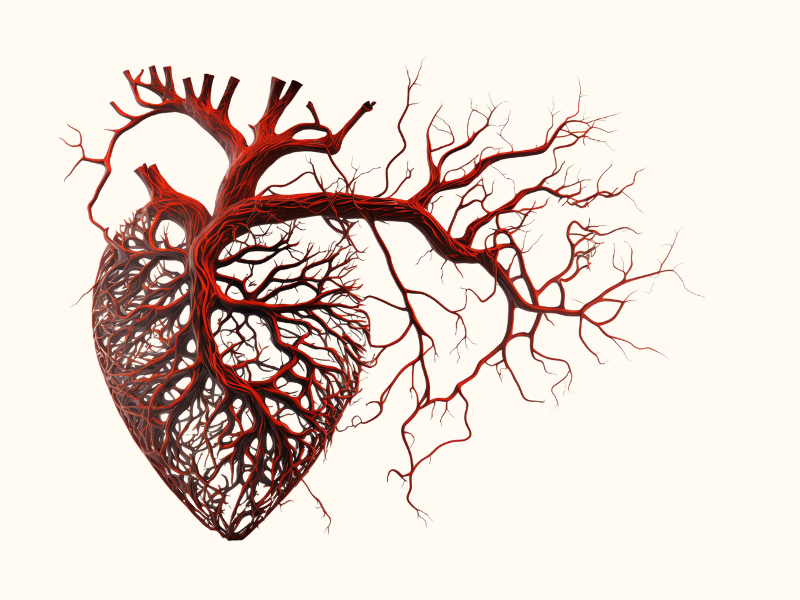29/03/2023

Probiotics and what you need to know
Importantly, probiotics are alive. So, do study the label to ensure you’re storing them properly.
Not all probiotics have to be refrigerated, though some do, and either way, it’s a good idea to store them away from heat and moisture.
Why so? Because heat can kill bacteria (it’s why we drink boiled-back water when we have doubts it contains harmful bacteria). Moisture, on the contrary, can cause bacteria to become more active.
Become pro-probiotic, as their intake can benefit virtually everybody.
Blocking out bad bacteria
This is a strong role probiotics play. Probiotics help push potentially harmful microbes out, by helping to maintain an acidic pH in the digestive system, as well as competing for nutrient resources with those bacteria even releasing antimicrobial substances! (1)
Since new science has helped us identify probiotic strains that promote liver health, immune response and even how our bodies absorb and process cholesterol, there has never been a better time to focus on working towards a healthy microbiome.
Which probiotics do what?
When consuming probiotics, it's important to know that different probiotic strains have separate benefits.
To learn more, please read our blog post Probiotics and the various health benefits they can offer us
Digestion / Gut health:
(2-5)
- L. reuteri DSM 17938
- L. acidophilus CL1285
- L. casei LBC80R
- L. rhamnosus CLR2
- L. acidophilus NCFM
- L. paracasei Lpc-37
- B. lactis BI-04
- B. lactis Bi-07
- B. breve (Bbr8)
- L. plantarum (14D)
- B. animalis (subspecies lactis BLC1)
- L. paracasei (IMC 502)
- L. rhamnosus (IMC 501)
- L. acidophilus (LA1)
- B. longum (subspecies longum SP54)
Mouth & Throat health:
(6-8)
- S. salivarius (K12)
- S. salivarius (M18)
- L. plantarum (L-137)
Liver health:
(9,10)
- Lactobacillus casei (PXN 37)
- Lactobacillus rhamnosus (PXN 54)
- Strepococcus thermophilus (PXN 66)
- Lactobacillus acidophilus (PXN 35)
- Bifidobacterium breve (PXN 25)
- Bifidobacterium longum (PXN 30)
- Lactobacillus bulgaricus (PXN 39)
Mood, Brain & Mental health:
(11)
- Lactobacillus helveticus (Rosell-52)
- Bifidobacterium longum (Rosell-175)
Allergies & Immunity:
(14)
- Lactobacillus rhamnosus (CRL 1505)
- Respiratory System31 B. lactis (BS01)
- L. plantarum (LP01)
- L. plantarum (LP02)
- L. rhamnosus (LR04)
- L. rhamnosus (LR05)
Heart / Cardiovascular health:
(12)
- Lactobacillus reuteri (NCIMB 30242)
Skin health:
(13,14)
- L. rhamnosus SP1
- L. acidophilus L-92
Urinary & Vaginal health:
(15-21)
- L. crispatus LbV 88
- L. crispatus CTV-05
- L. crispatus GAI 98322
- L. gasseri LbV 150N
- L. jensenii LbV 116
- L. rhamnosus LbV 96
- L. rhamnosus GR-1
- L. reuteri RC-14
Read more on probiotics
References
- Adv Appl Microbiol. 2017; 98:1-29
- Aliment Pharmacol Ther. 2016; 43(10):1025-1034
- Clin Infect Dis. 2015; 60 Suppl 2:S144-147
- J Antimicrob Chemother. 2017; 72(11):3177-3180
- Internal Deerland supplier data on file/ 2018
- Int J Pharm Bio Sci. 2015; 6(1):242-50
- Oral Health Prev Dent. 2016; 14(3):207-14
- Drug Healthc Patient Saf. 2014; 6:15-20
- Am J Clin Nutr. 2014; 99(3):535-42
- Br J Nutr. 2017; 117(5):662-668
- Br J Nutr. 2011; 105(5):755-64
- J Clin Gastroenterol. 2008; 42 Suppl 3 Pt 2:S224-33
- Eur J Clin Nutr. 2012; 66 (11):1234-1241
- Benef Microbes.2016; 7(5):625-630
- J Dairy Sci. Jul 2016;99(7):5039-5046
- Benef Microbes. 2018; 9(1):35-50
- Eur J Obstet Gynecol Reprod Biol. 2013; 168(1):75-79
- Lett Appl Microbiol. 2009; 48(3):269-274
- Int J Antimicrob Agents.2006; 28 Suppl 1:S30-34
- Clin Infect Dis. 2011; 52(10):1212-1217
- Benef Microbes. 2018; 9(1):35-50






